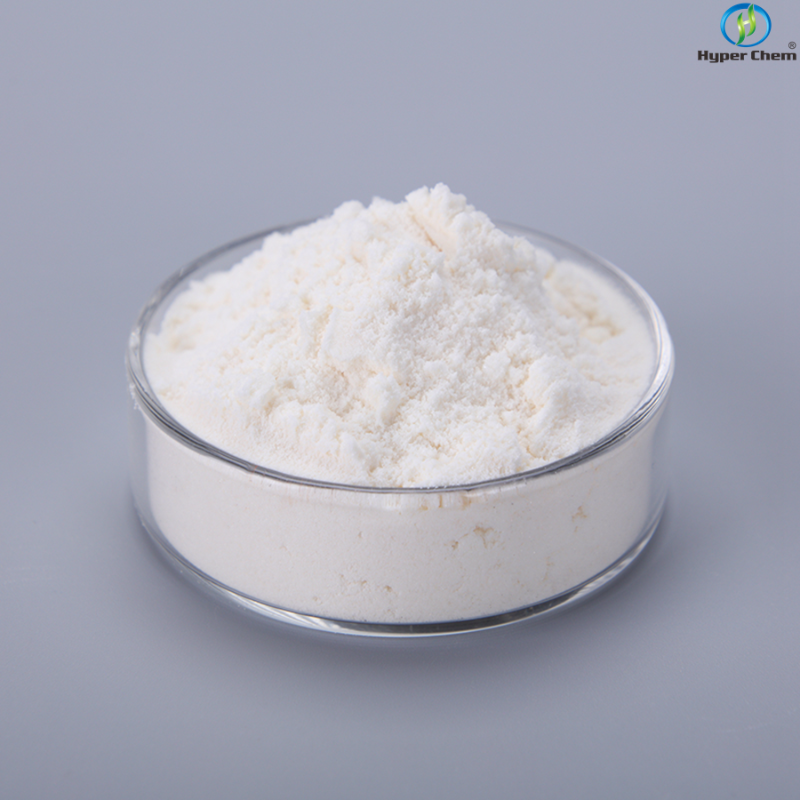-
Categories
-
Pharmaceutical Intermediates
-
Active Pharmaceutical Ingredients
-
Food Additives
- Industrial Coatings
- Agrochemicals
- Dyes and Pigments
- Surfactant
- Flavors and Fragrances
- Chemical Reagents
- Catalyst and Auxiliary
- Natural Products
- Inorganic Chemistry
-
Organic Chemistry
-
Biochemical Engineering
- Analytical Chemistry
-
Cosmetic Ingredient
- Water Treatment Chemical
-
Pharmaceutical Intermediates
Promotion
ECHEMI Mall
Wholesale
Weekly Price
Exhibition
News
-
Trade Service
As one of the malignant tumors of the blood system, leukemia is a serious threat to human health.
progress has been made in conventional chemotherapy, many patients still face difficult problems, including severe toxic reactions and insensitivity to chemotherapy.
recently, immunotherapy has become a new breakthrough in the treatment of leukemia.
despite multiple vaccinations in many programmes, the results have not been as effective as expected.
, on October 12th researchers from the Institute of Process Engineering of the Chinese Academy of Sciences and the Pearl River Hospital of Southern Medical University developed a therapeutic vaccine that encapsulates antigen peptides and PD-1 antibodies in self-healing microcapsules to accurately treat leukemia.
in new vaccines, surface peptides and PD-1 antibodies can be easily, gently and efficiently loaded into poly lactic acid microcapsules through the microcapsule's unique self-healing function.
study was published in Nature Biomedical Engineering.
specifically, to build the vaccine, the researchers used poly lactic acid (an FDA-approved material) to synthesize microculses (giga-hole microculphers) with a large porous structure, allowing them to efficiently load mixed-table peptides and PD-1 antibodies by diffusion.
Because of the unique healing properties of the pores on the microsphere surface under mild conditions, antigen-based peptides and PD-1 antibodies can be effectively co-encapsulated as cargo in the final microcapsules.
preparation and substation of self-healing microcapsules in mouse experiments, after a single drug delivery, the favorable tendential factors and cytokines produced at the vaccination site collected antigen-presented cells and resumed them.
, the gradual degradation of microcapsules leads to the continued release of two packaged cargoes.
, the surface peptides can be collected by the antigen delivery cells effectively absorbed, while PD-1 antibodies are transported to the lymph for T-cell regulation.
these functions, the researchers made substantial improvements in the activation of specific cytotoxic lymphocytes.
Through the coordination of continuous antigen release and injection site antigen delivery cell collection, the response of antigen delivery cells enhanced the availability of new vaccines using various mesotides in different models, such as mouse leukemia, humanoid cellular leukemia foreign grafts (CDX) and patient-origin leukemia foreign grafts (PDX) models.
in all leukemia treatment models, microcapsules-based preparations showed better performance than ISA adultures (commercial adultures), systematically suppressing leukemia with few abnormalities.
high performance and safety make the vaccine available as a promising immunotherapy for the clinical treatment of leukemia. Effective anti-leukemia activity researchers in the
PBMCs-PDX model emphasize that based on the advantages of FDA-approved poly lactic acid materials, the convenience of preparing vaccine preparations, the diversity of vaccine ingredients and excellent therapeutic results, this microcapsules-based vaccine has great clinical conversion potential.
peer reviewer at Nature Biomedical Engineering described the study as a "comprehensive new platform."
reviewers also stressed that the work was "exciting and convincing".
.







